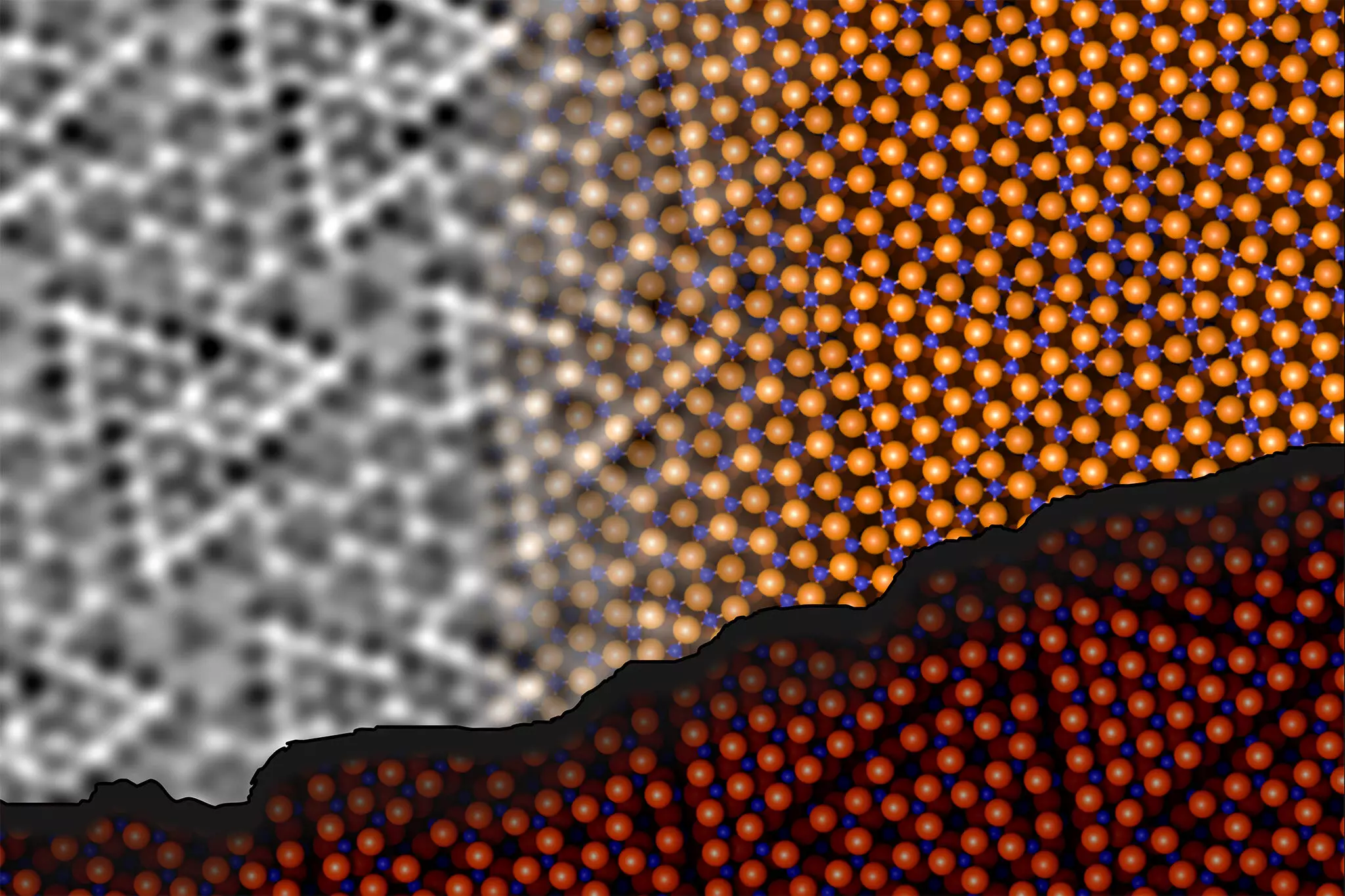Aluminum oxide (Al2O3), also referred to by its distinct forms as alumina, corundum, sapphire, or ruby, is recognized for its exceptional insulating properties. This compound is integral across a spectrum of technological domains, including electronics, catalysis, and advanced ceramics. Understanding the structural intricacies at the atomic level, especially the orientation of surface atoms, is crucial for elucidating the chemical reactions occurring within this material. Such insights are particularly necessary to enhance our grasp of catalytic processes that rely heavily on aluminum oxide as a support material or catalyst itself.
The atomic arrangement within the bulk of aluminum oxide forms a regular lattice structure, generating characteristic crystals that possess unique physical properties. However, the atom layout on the surface exhibits a level of complexity that differs significantly from that in the inner structure. This surface variability has posed significant challenges to researchers, as aluminum oxide’s highly insulative nature has impeded direct experimental investigations for decades. For over fifty years, scientists struggled to determine the precise architecture of the Al2O3 surface, which remained a notable conundrum in the field of surface science.
The 1997 categorization of this issue as one of the “three mysteries of surface science” underscores its significance. Recent breakthroughs from researchers at TU Wien and the University of Vienna bring new clarity to this elusive puzzle, marking a transformative step in our understanding of aluminum oxide. Through innovative technology and collaborative research efforts, these scientists have begun unlocking the intricacies of this important material.
Led by Jan Balajka and Ulrike Diebold, the research team leveraged noncontact atomic force microscopy (ncAFM) to meticulously examine the surface arrangement of aluminum oxide. This advanced method employs a sharp-tipped probe mounted on a quartz tuning fork, which scans the material’s surface without direct contact. This non-invasive approach allows for the generation of detailed images that reveal the positions of surface atoms, albeit without providing information about their elemental identities.
To bridge this gap, researcher Johanna Hütner implemented a clever strategy: by attaching a single oxygen atom to the tip, the researchers could differentiate between aluminum and oxygen atoms based on their interactions—attraction to aluminum and repulsion from oxygen. This breakthrough methodology facilitated unprecedented visualization of the surface atomic identity, offering a glimpse into the nuanced chemical environment of aluminum oxide.
Upon closer inspection, the research team uncovered that the surface of aluminum oxide undergoes a distinctive rearrangement. This phenomenon enables surface aluminum atoms to engage with oxygen atoms situated deeper within the material. Intriguingly, this structural adjustment affects the first two atomic layers and results in a reduced energy state, thereby enhancing structural stability. Contrary to prevailing assumptions about atomic ratios, the ratio of aluminum to oxygen atoms remained consistent throughout this process.
The implications of this discovery extend beyond mere structural understanding. By employing machine learning methodologies alongside traditional computational techniques, the researchers successfully optimized a three-dimensional model of the Al2O3 surface, effectively addressing the complexities of matching the reconstructed surface with its underlying crystal lattice. Andrea Conti, one of the computational modeling experts involved, highlighted how state-of-the-art algorithms enabled the exploration of numerous potential arrangements of subsurface atoms, culminating in a stable representation.
Beyond merely solving a long-standing mystery, the work spearheaded by Balajka and his colleagues opens the door to new structural design principles applicable to a variety of materials. Their findings represent a confluence of experimental and computational techniques, showcasing the power of interdisciplinary collaboration in scientific research.
The insights gained from this study hold promise for various applications, notably in the fields of catalysis and material science. With the detailed understanding of aluminum oxide’s surface, future advancements in these domains could lead to improved catalysts and materials tailored for specific applications. Consequently, this work not only enriches our comprehension of aluminum oxide but also sets the stage for broader innovations that may transform multiple industries.
In sum, the advancements in understanding the structure of aluminum oxide showcased by this research mark a significant leap forward in materials science, holding the potential for a wide array of future applications that could benefit from these crucial insights.

